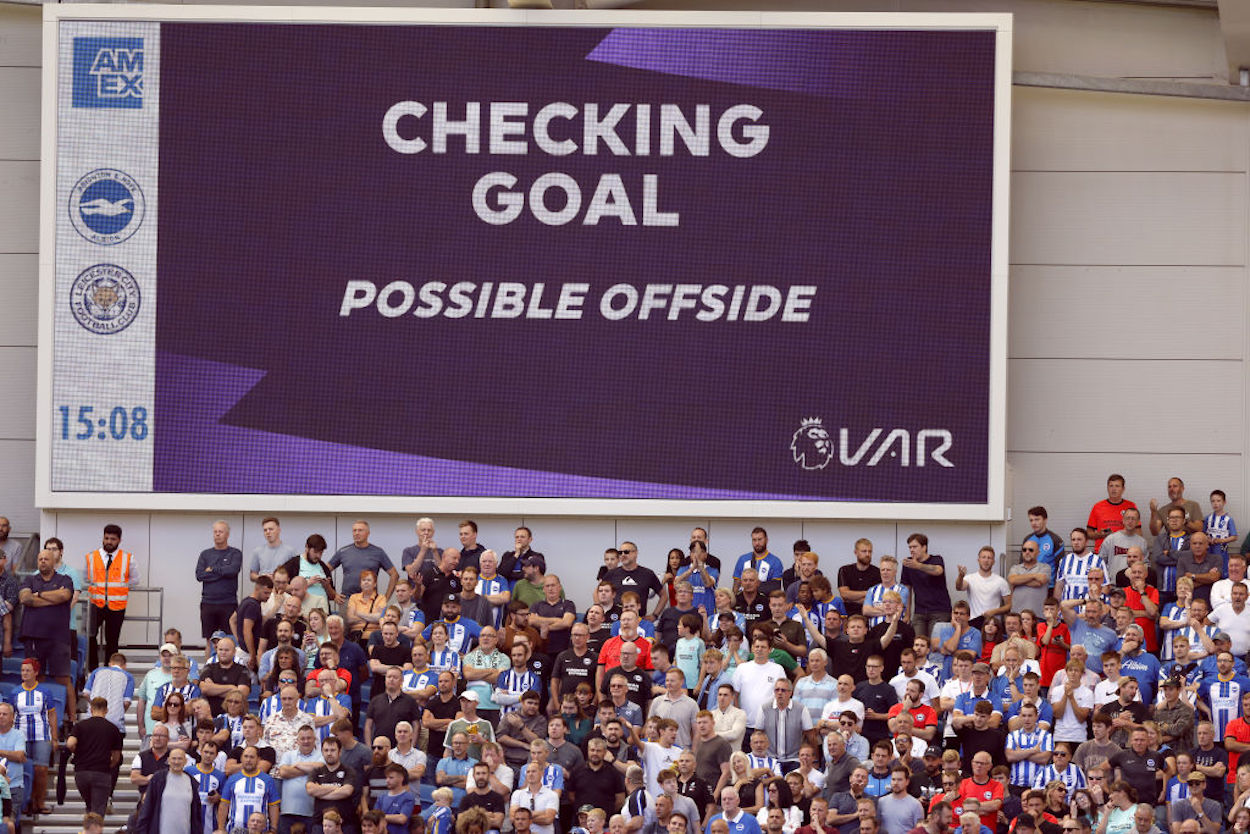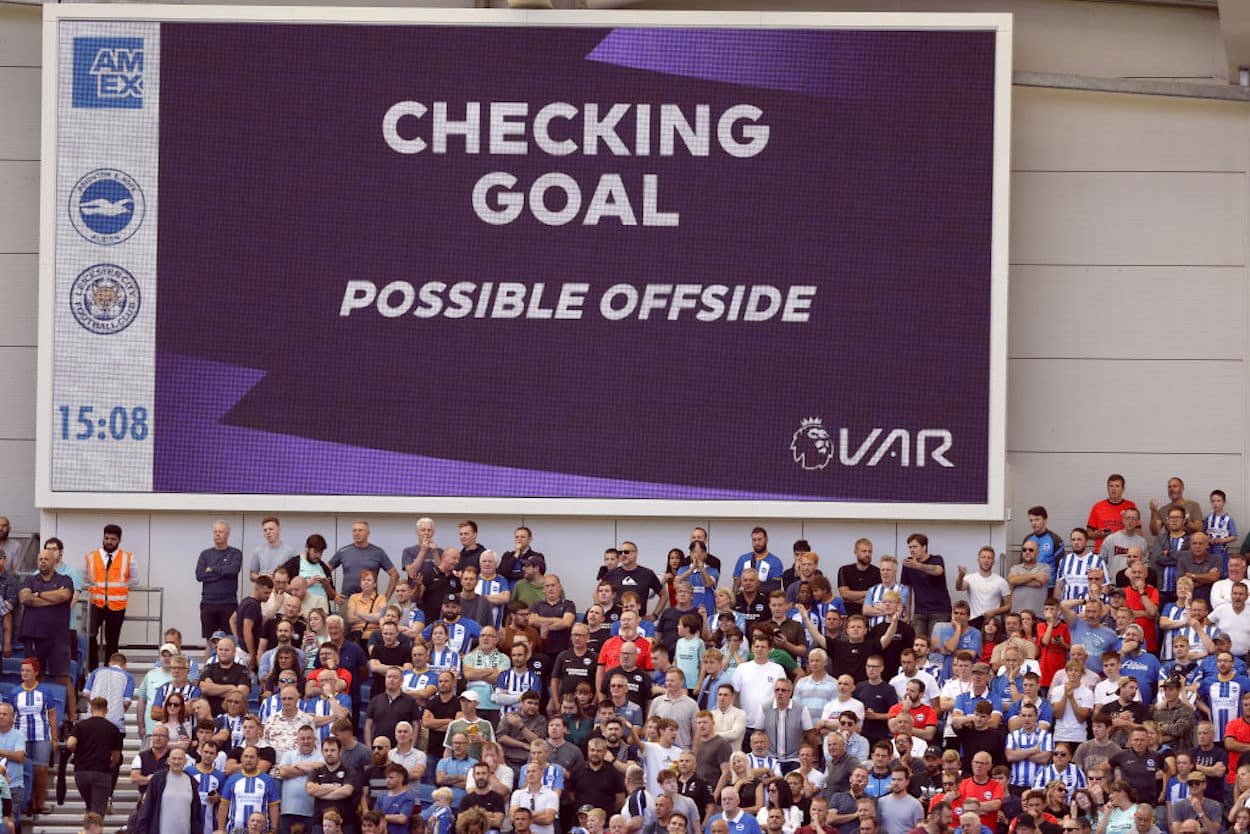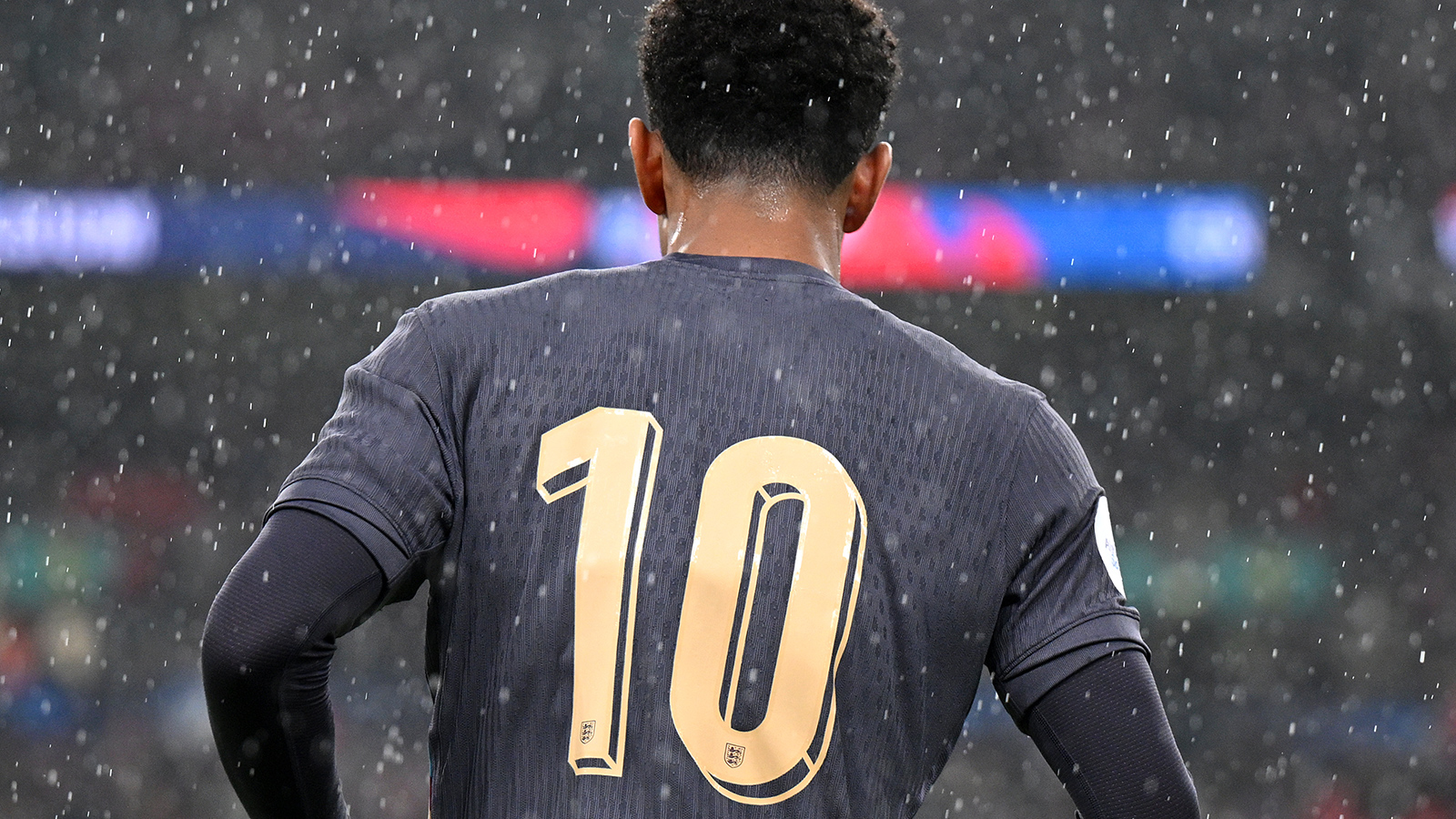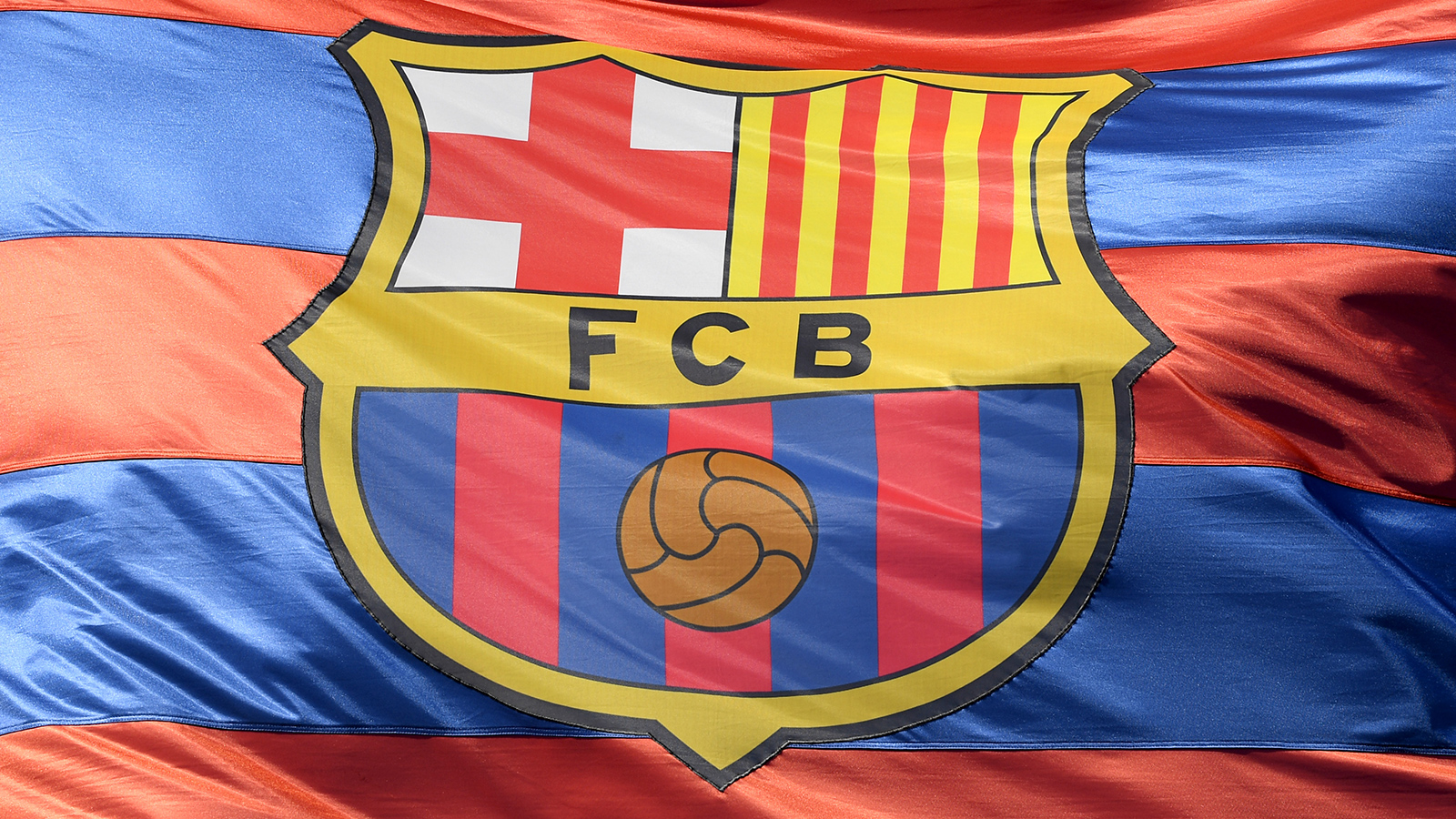
What Is Offside, and Why Is It a Nightmare for VAR?
Imagine that you’re watching a big soccer match, and your team scores a crucial goal. You leap out of your seat and start celebrating, only to notice an unfortunate reality on the far sideline. The assistant referee is holding their flag up, signaling that the play was offside. In that moment, all of the air is sucked out of the balloon. Things are back to square one.
While that’s a familiar experience for soccer fans around the globe, it can be a bit baffling to those who are newer to the sport. Why does the whistle blow seemingly out of nowhere to restart the game at an earlier point?
If that’s the exact question you’re asking, we’ve got you covered. Let’s break down soccer’s definition of offsides.
How does offside work in soccer?
In the official Laws of the Game, there are three full pages devoted to offside. While that’s understandable — the official rulebook can’t leave any stone unturned — it doesn’t make for the cleanest explanation.
The simplest way to think about offside is that it’s designed to prevent a player from simply camping out in front of the opposition’s goal and receiving countless long balls; think about the idea of basket-hanging in pickup basketball, and you’ll get the idea.
In practice, that means that the attacking player can’t be behind the final defender when the pass is played. If you’re level with or closer to your own goal than an opposition player, you’re good to go. If not, you’re offside.
With that being said, though, there are some positioning notes:
- You can’t be offside when you’re standing in your own half.
- You can’t be offside if you’re behind the ball when the pass is played.
- In order to be onside, you technically have to be ahead of the second-to-last opposition. Since the goalkeeper is usually in the net, that makes the deciding player the deepest outfielder player. Should the goalie be out of the net, though, the offside line is determined by the second-to-last defender, regardless of who they are.
Beyond that, there are a handful of exceptions to the offside rule
Got all that? Well, since offside can’t be simple or fun, there are some more exceptions to the rule.
While you can be offside from a free kick, other dead-ball situations give players freedom to receive a pass anywhere on the pitch. Goal kicks, corner kicks, and throw-ins can’t be offside. Things return to normal once the ball is in play, though, so the first pass after one of those restarts is subject to the same positioning rules.
It’s also worth remembering that an offensive player can’t be offside if the ball is deliberately played by a defender. While that doesn’t come up often, you’ll occasionally see a player pick off a sloppy pass that was sent back to the goalie. If the opposing team intentionally — so a pass, as opposed to a deflection — plays that ball, it’s fair game.
A player also has to be active in the play to be offside
So now you understand the positioning aspect of offside and some notable exceptions to the rule. That brings us to the third factor to consider: being active in the play.
Again, I’ll put things a bit more clearly than the official Laws of the Game. It’s only an offense to be active in the play when you’re standing in an offside position. Even if you’re behind the last defender, everything is well and good until you influence the game.
So what does it mean to be active? Here we will go back to the Laws of the Game and quote their specific situations.
A player in an offside position at the moment the ball is played or touched* by a team-mate is only penalized on becoming involved in active play by:
The Laws of the Game
– interfering with play by playing or touching a ball passed or touched by a team-mate or
interfering with an opponent by:
– preventing an opponent from playing or being able to play the ball by clearly obstructing the opponent’s line of vision or
– challenging an opponent for the ball or
-clearly attempting to play a ball which is close when this action impacts on an opponent or
– making an obvious action which clearly impacts on the ability of an opponent to play the ball
or
– gaining an advantage by playing the ball or interfering with an opponent when it has:
rebounded or been deflected off the goalpost, crossbar, or an opponent
If you want a visual example, watch the highlight package at the top of this section. For Arsenal’s first goal, Aaron Ramsey was in an offside position, but it was determined that he wasn’t active in the play. Therefore, Alexis Sanchez’s goal stood, giving the Gunners the lead.
While there’s a bit of judgment involved there — continuing with the above example, did Ramsey’s presence affect how Chelsea’s back line reacted? –the easiest way to think about things is to consider if the player’s position mattered as things unfolded. If the answer is yes, it’s probably offside.
In total, an offside call is based on all of those factors
So, if you’re trying to understand offside in soccer, these are all the elements that go into the decisions.
At the basic level, it comes down to positioning. The player in question can’t be behind the last (or, technically, the second-to-last) defender, unless they’re in their own half of the pitch or play is restarting from a goal kick, throw-in, or corner kick. A ball intentionally played by the defending team is also exempt from offside.
After that, it comes down to whether the player was actively involved in the play or not. If they were, the whistle blows; if they didn’t affect the play, things continue.
And, if that still seems a bit confusing, don’t worry. There’s still video assistant referee (VAR), even if that doesn’t exactly solve all the problems.
In theory, offside is a black-and-white call, but things are still tricky for VAR

On paper, offside isn’t a judgment call — you’re either onside or offside — which makes it perfect for VAR. In reality, though, technology hasn’t made things any clearer.
First, let’s approach things from the technological perspective. While some new methods are starting to appear in the Champions League, the current review process for offside consists of grabbing a freeze-frame image and drawing lines to determine the position of both the attacker and defender. That seems logical but still runs into some challenges.
Since offside is determined at the moment when the ball is played, the still image needs to capture that moment. Given the speed at which someone kicks the ball, it can be difficult to nail down the exact millisecond. Similarly, a human being has to decide where to draw the offside lines; you might think that an attacker’s shirt sleeve ends a centimeter further down their arm than I do, which would lead to two different decisions.
That combines to add an element of human inconsistency to what should be a cut-and-dry judgment. It also brings us to the second component: the emotions at play within a soccer game.
As any fan can tell you, goals can be rare. They’re emotional moments that spark contrasting feelings of joy and despair in opposite sets of supporters. Even if you’re on the wrong side of the argument, it’s impossible to argue that those sentiments aren’t part of what makes sports special.
VAR, however, will usually only show up to rain on that parade; while goals that weren’t given can be allowed, the technology more commonly rules them out. And, to make matters worse, VAR offside reviews are often down to toes, shoulders, and other offenses that wouldn’t have raised an eyebrow in real time.
Even if you’re someone who believes the call should be correct at all costs, it’s impossible to ignore the emotional reality of what’s playing out. One team thinks they won the match, the other thinks they lost, and everything has to stop to allow computerized lines to determine if the striker’s toe was a millimeter ahead of the defender’s knee. While the rules are technically the rules, those sorts of reviews don’t really feel like they’re speaking to the spirit of the offside law.
If nothing else, though, look on the bright side: If VAR offside reviews can seem like a coin flip to even the most seasoned soccer fan, you won’t look too out of place as you learn the ropes of the rule.
Like Sportscasting on Facebook. Follow us on Twitter @sportscasting19 and subscribe to our YouTube channel.



